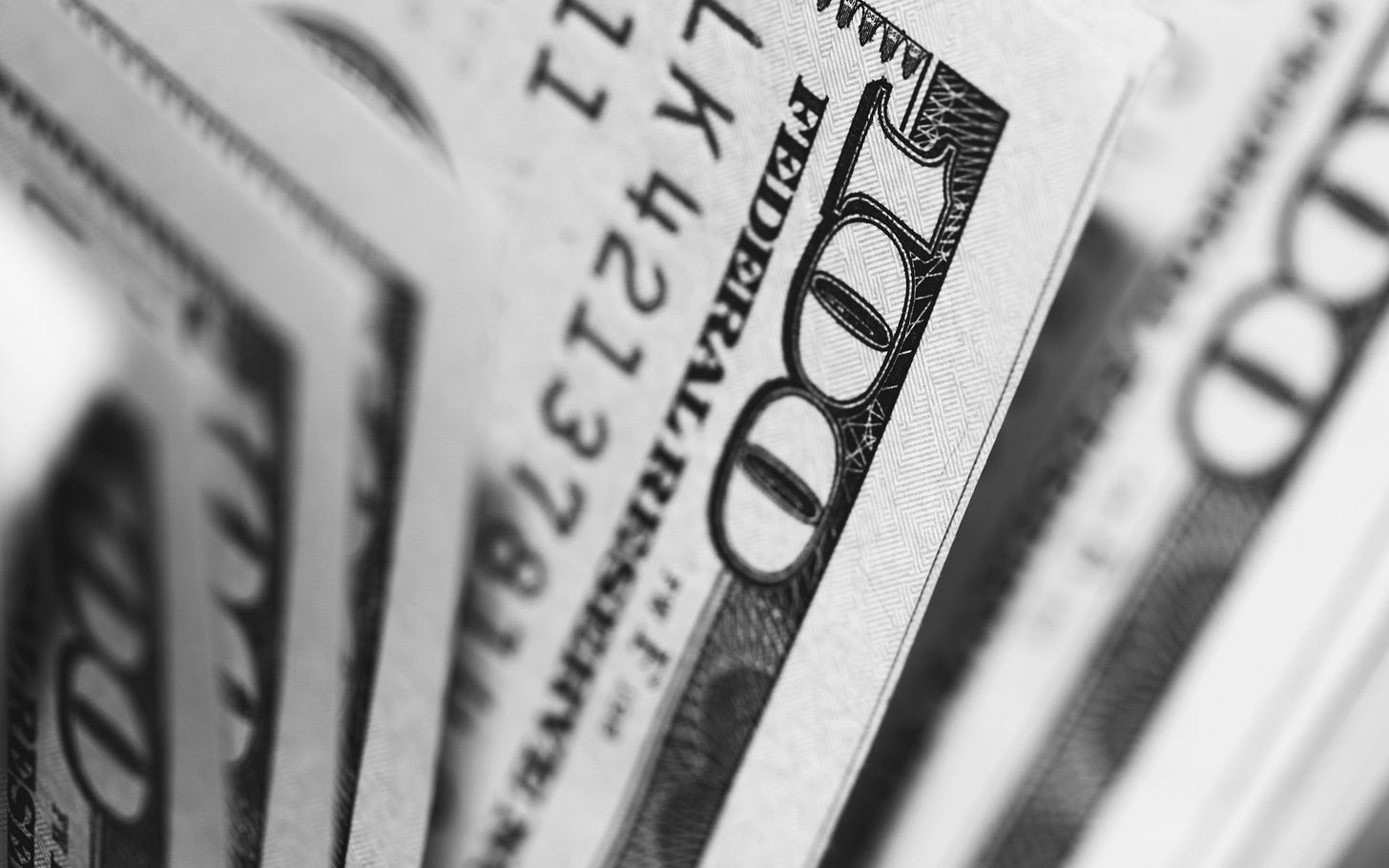Going For Gold: The Deliberate Dollar Collapse
Hedge funds loaded up on gold in early 2025. Liberation Day crashed markets in April. Gold hit $4,000 in October. The timing wasn’t luck.
Keep reading with a 7-day free trial
Subscribe to 7 THINGS to keep reading this post and get 7 days of free access to the full post archives.



